Horseshoe Pectus & Mixed deformities
Though less common than 'isolated' pectus deformity, mixed types are the most challenging form both in terms of diagnosis, including associated issues and treatment. Typically, mixed pectus deformities are a combination of both pectus excavatum and carinatum. Though typically seen in isolation the most important associated syndrome seen in such patients is Poland's syndrome.
Please click on the buttons below to see and read about patients verified experiences (in their own words) and testimonials (which generally include before and after treatment photos). The pectus clinic is very grateful to all the patients who provided feedback.
Pectus Arcuatum
A rare form of pectus deformity known by other names including horseshoe pectus, pouter pigeon chest, Currarino-Silverman Syndrome, chondro-Manubrial deformity or type 2 pectus carinatum. It typically presents at a young age and appears to result from early ossification of the costal cartilage and manubrial sternal junction along with bilateral deformity of costal chondral cartilage of the 2nd, 3th and/or 4th ribs. The deformity creates a horseshoe shaped effect on the anterior chest wall, the pectus carinatum element of the deformity, but unlike typical pectus carinatum the chest wall is often rigid with little flexibility. In addition, there appears to be an element of pectus excavatum or concavity involving the lower sternum though some surgeons consider this more a result of the horseshoe protrusion given the appearance that the lower sternum is drawn inwards.
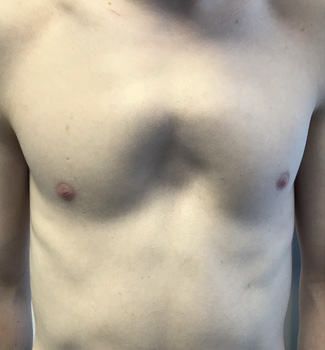
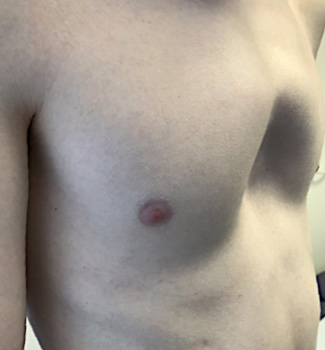
Horseshoe Pectus
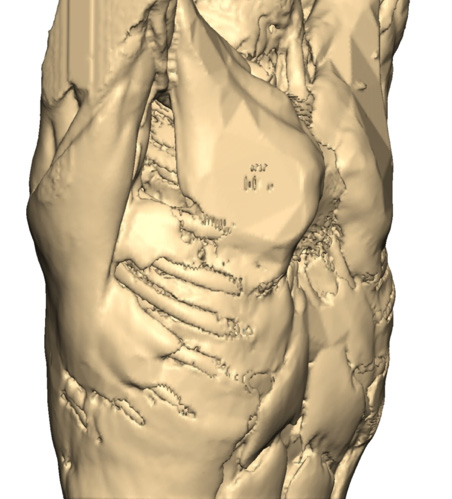
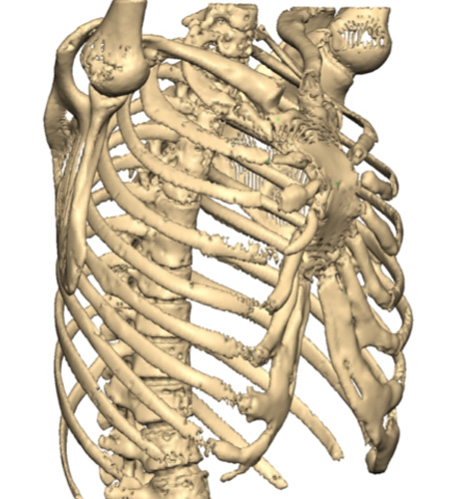
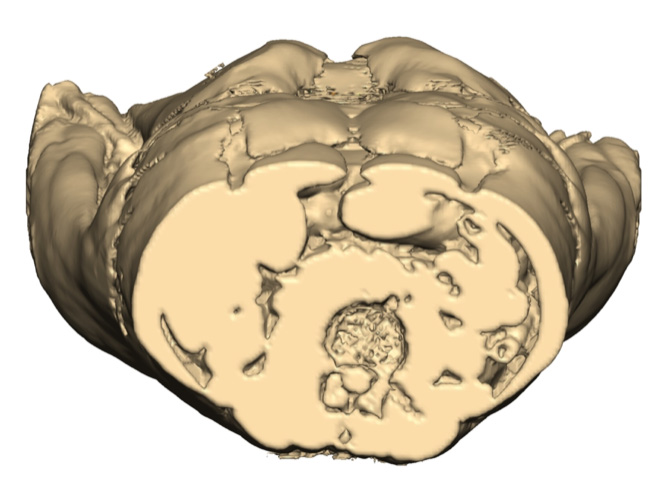
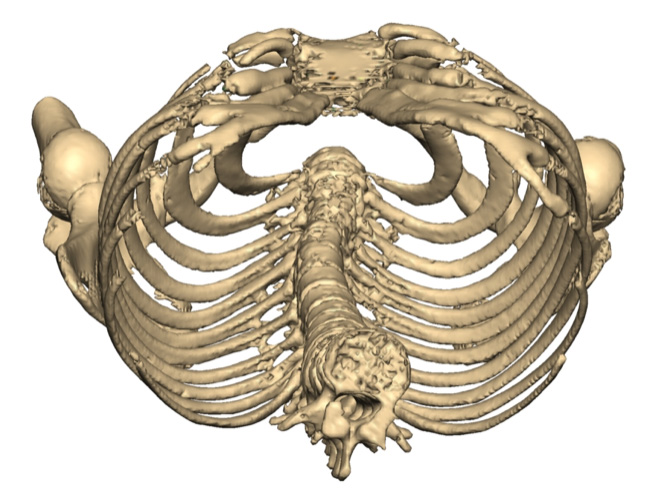
Chest CT with 3D reconstruction of a Horseshoe pectus
Treatment remains challenging and include if recognised at an early age external compressive bracing of pectus carinatum element, surgery, a form of modified Ravitch which can be technically dificult and non-corrective options such as using pectus implants to mask the pectus excavatum element.
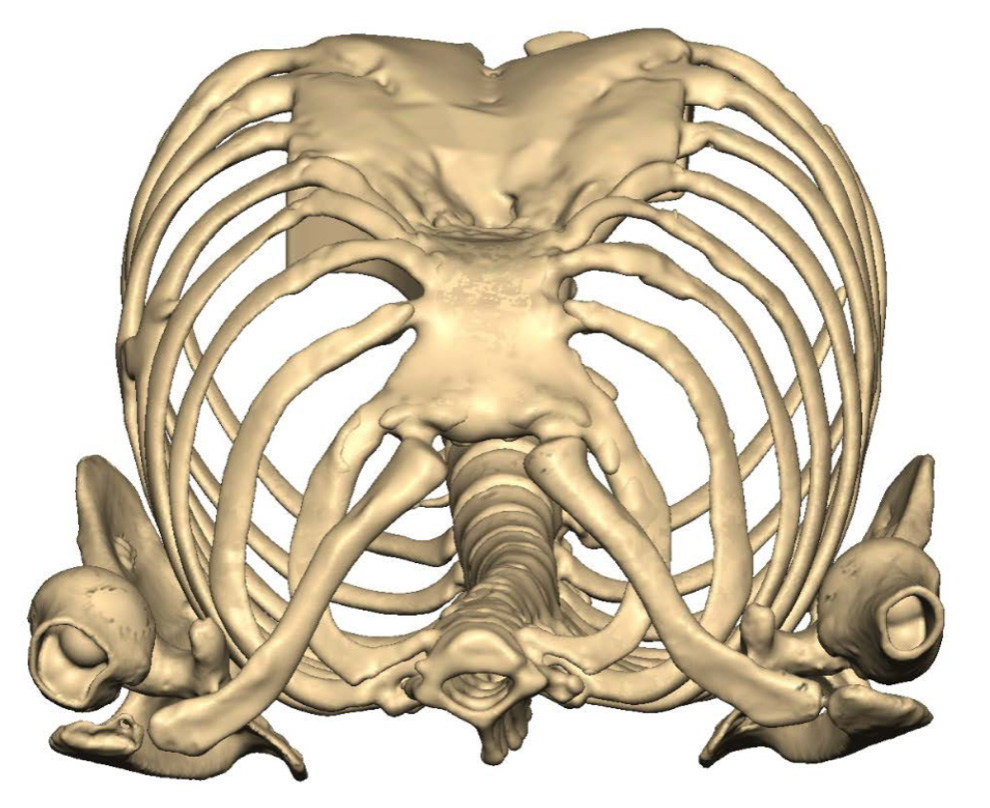 Chest CT reconstruction without implant
Chest CT reconstruction without implant
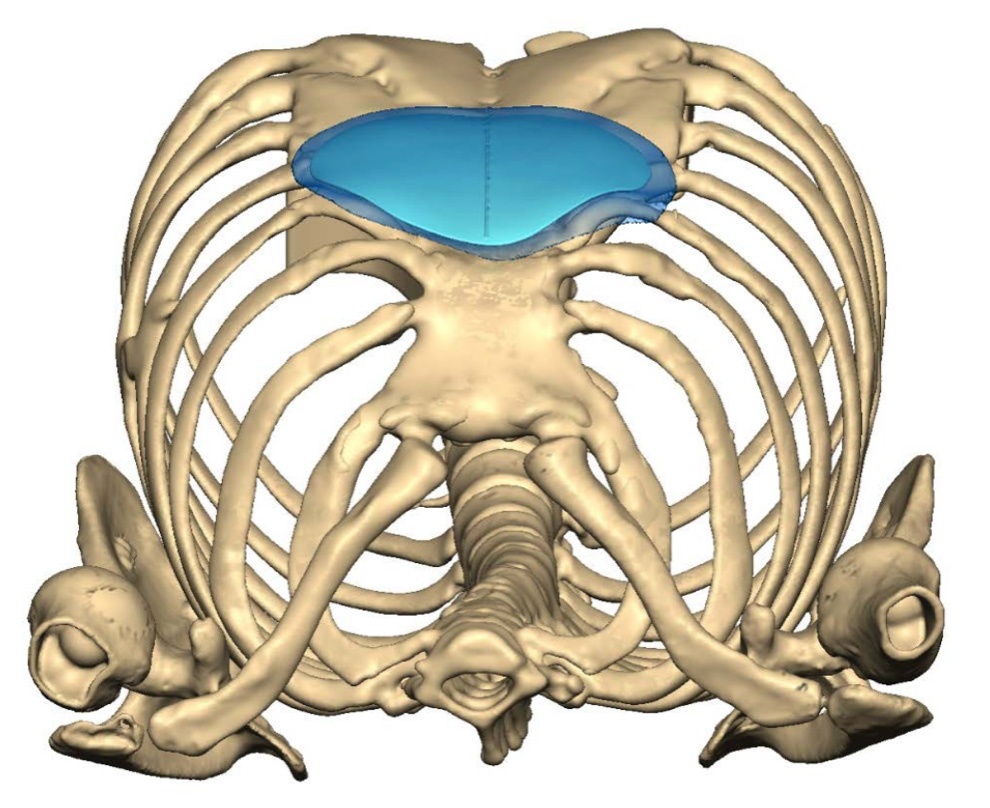 Chest CT reconstruction with implant
Chest CT reconstruction with implant
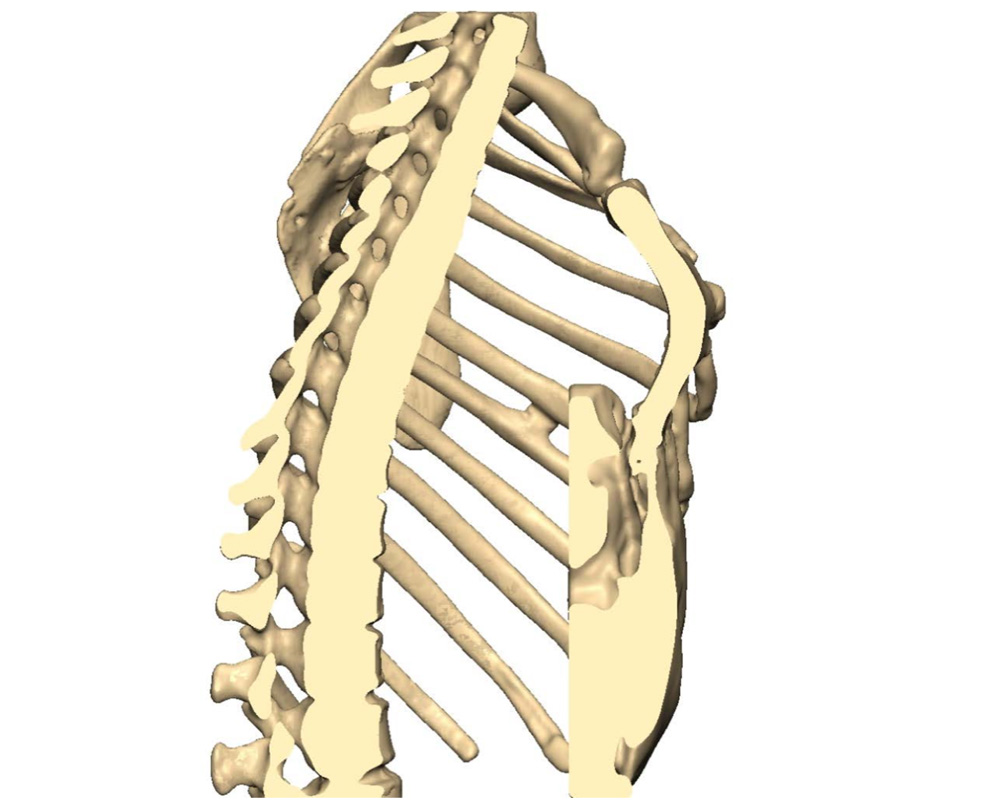 Chest CT reconstruction without implant
Chest CT reconstruction without implant
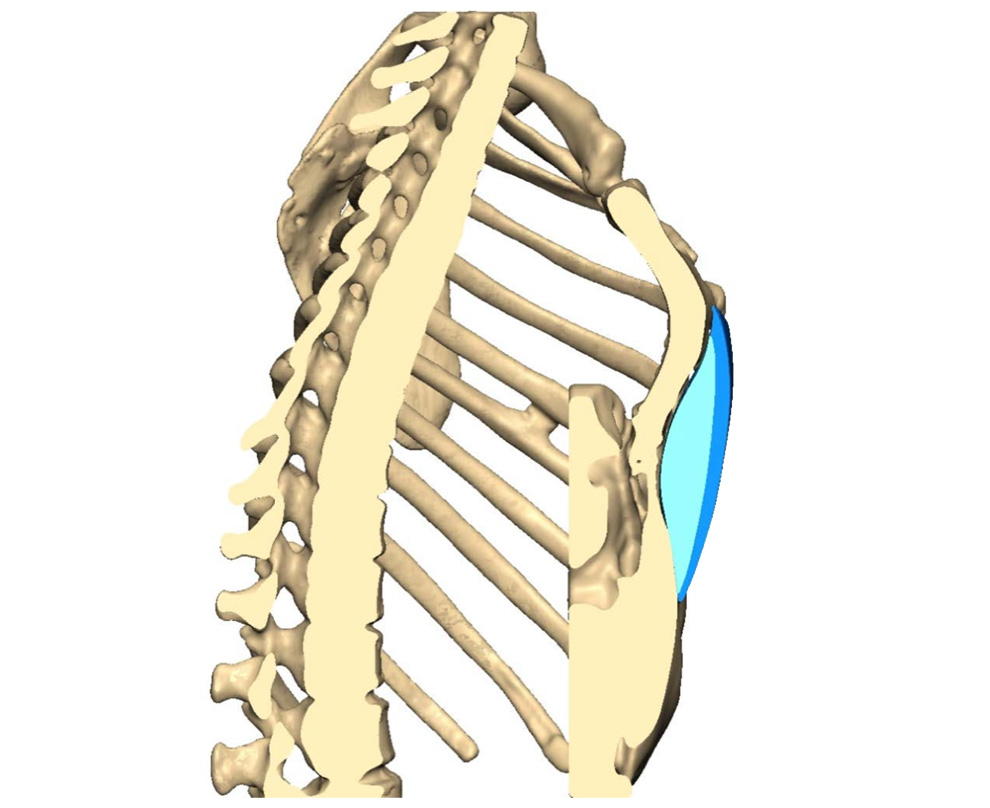 Chest CT reconstruction with implant
Chest CT reconstruction with implant
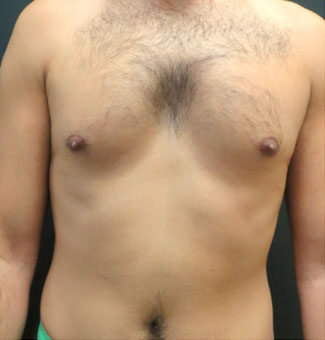
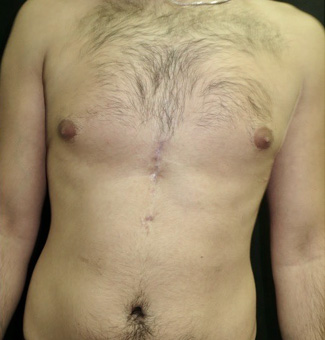
Young man with Horseshoe pectus before (left) and after non-corrective pectus implants.
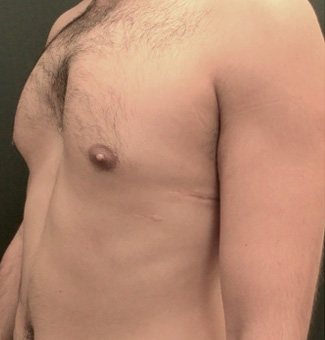
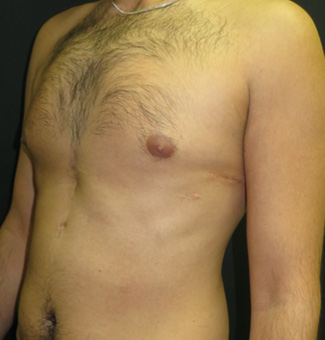
Young man with Horseshoe pectus before (left) and after non-corrective pectus implants. Note had a previous Nuss operation (scar on side).
Mixed Pectus deformities
True mixed pectus deformities, like pectus arcuatum are rare. The chest wall appears to have a combination of pectus carinatum and excavatum with or without rib flare and other posture changes but require an experienced surgeon to assess and offer treatment options. Often there is a ‘dominant’ deformity, and this is important as helps predict what treatment options there are.
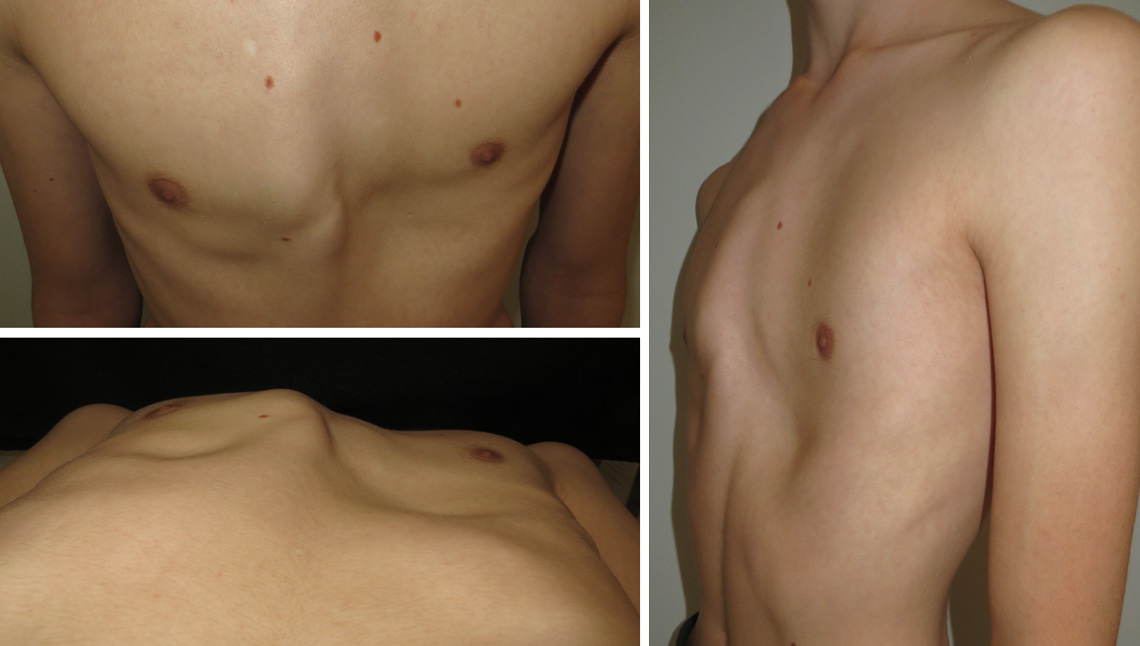
An example of a ‘mixed’ pectus deformity but on further investigations is likely to represent an asymmetric pectus carinatum with an associated torsion (twisting) of the sternum with an apparent pectus excavatum. The patient underwent successful bracing of their pectus carinatum and targeted physical therapy
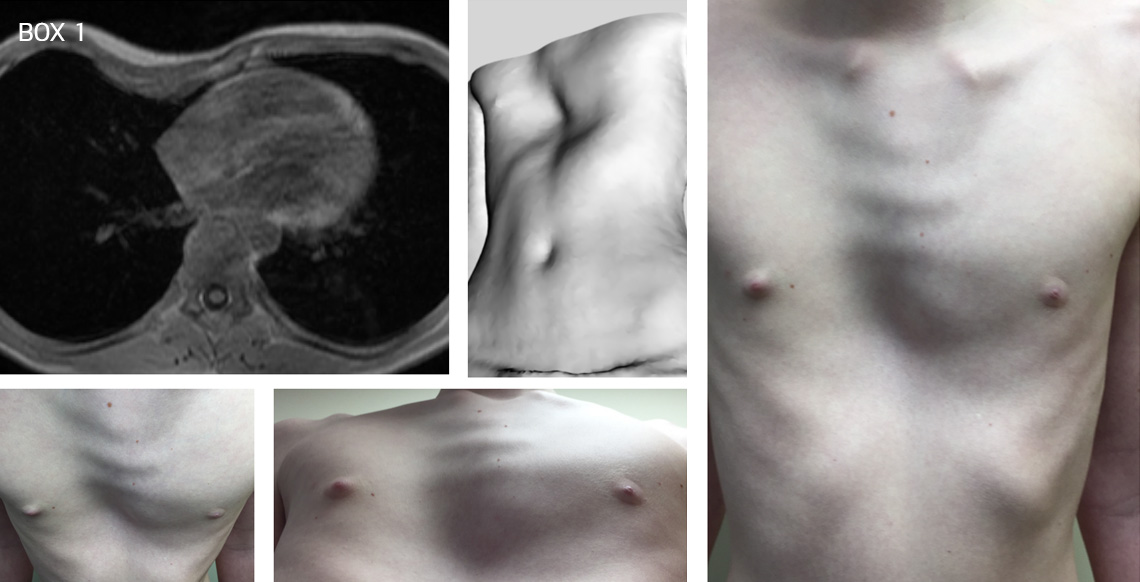
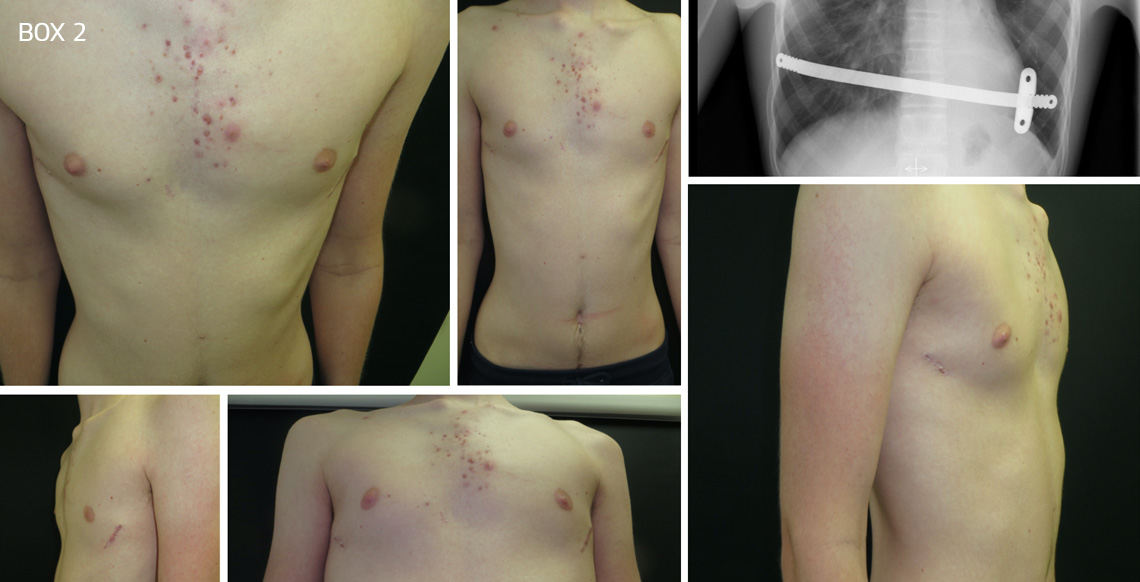
A young boy with a mixed type of pectus deformity with a predominant pectus excavatum and right-sided mild carinatum and associated mild bilateral rib flaring. Before (Box 1) and after a Nuss procedure following bar removal (Box 2)
Please click on the buttons below to see and read about patients verified experiences (in their own words) and testimonials (which generally include before and after treatment photos). The pectus clinic is very grateful to all the patients who provided feedback.

